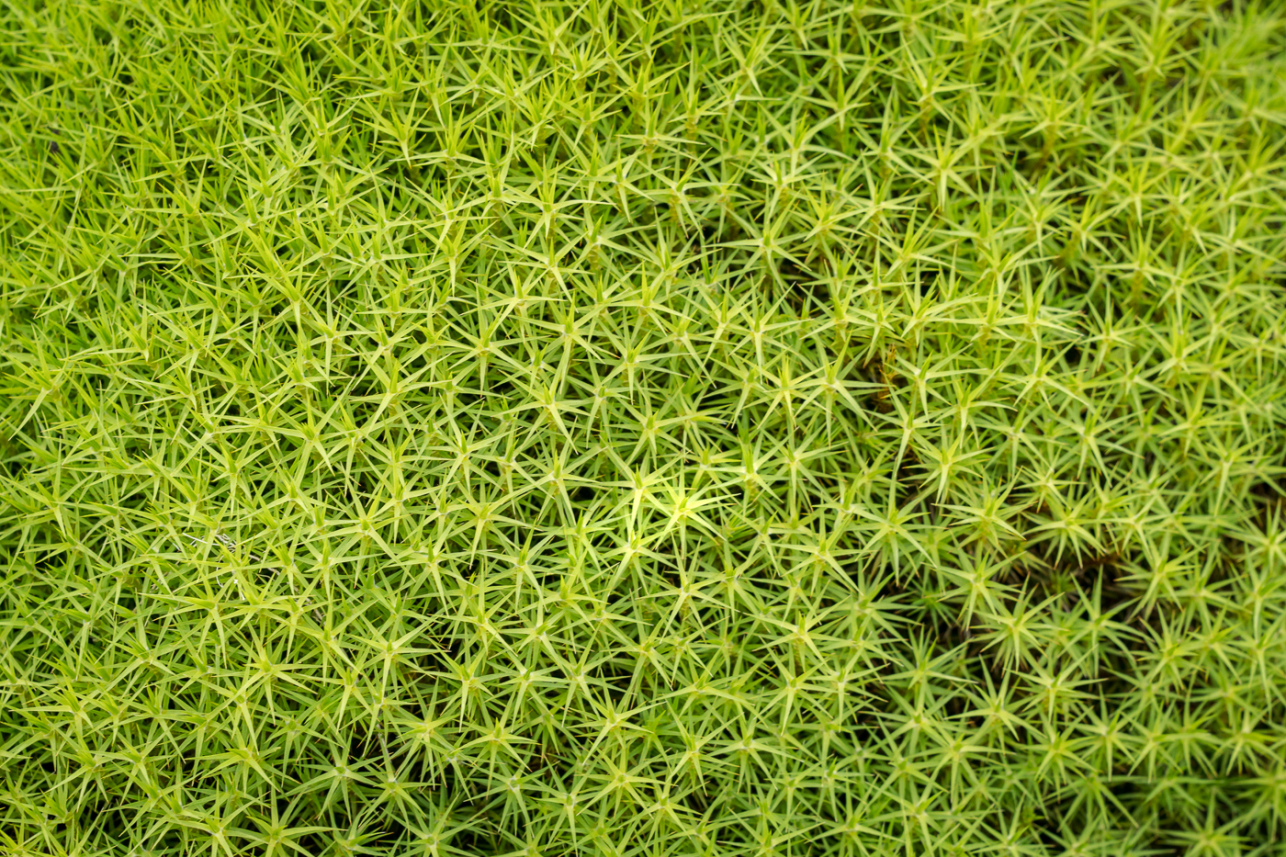Field Notes: Summer monitoring on Skye
Skye Conservation Officer Cathryn Baillie reflects on a busy season of recording wildlife and habitats on the misty isle
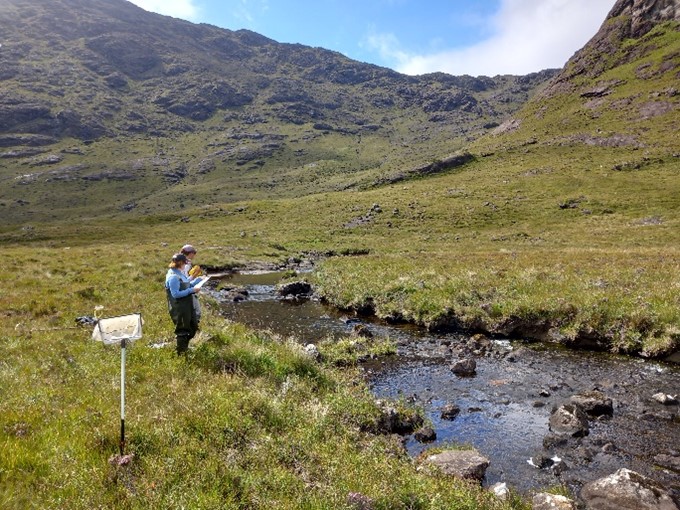
As well as being kept busy with huge numbers of visitors and making plans to help address some of the associated issues, summer is peak time for surveying and monitoring our land and wildlife.
This year I have continued to survey our wetland bird populations, our bumblebees and our bats, and have increased our species surveys to include breeding raptors. The datasets are fairly new so it is difficult to build a picture of any trends - but, compared to last year, everything seems to be faring well.
I still haven’t managed to find any Daubentons or brown long eared bats yet, but I am sure they are out there and will keep up the search. We did discover a pipistrelle roost in the roof of a staff house at Armadale Castle as part of our partnership work on NatureScot's Species on the Edge project.
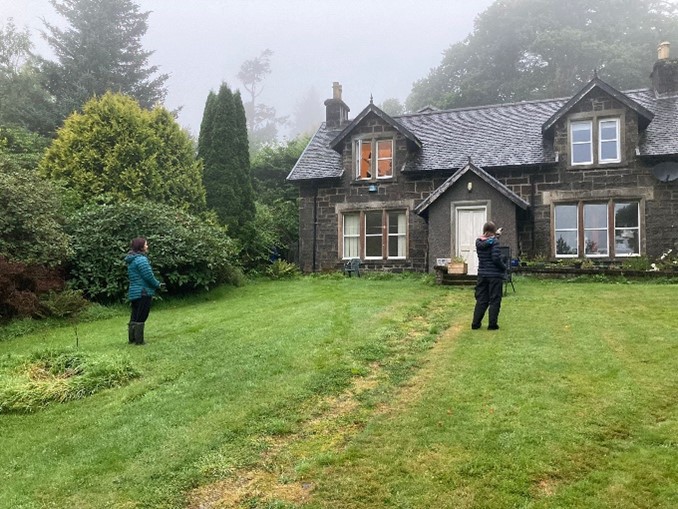 ^ Monitoring pipistrelle bats
^ Monitoring pipistrelle bats
I will definitely return with some better technology to see what else I can find in the amazing garden grounds. NatureScot has since lent us some audio moth and echo meters and these devices will be really useful in helping to identify some of our more elusive residents.
Our habitat monitoring has not highlighted anything surprising. Many of our tree seedlings on the hill continue to struggle due to grazing pressures, but in some areas we are seeing some excellent natural regeneration which we do our best to protect and enhance. Glen Sligachan in Sconser is one example where you can really see a difference over the last decade. Aspen, rowan and Scots pine are regenerating well since livestock was removed from the glen several years ago.
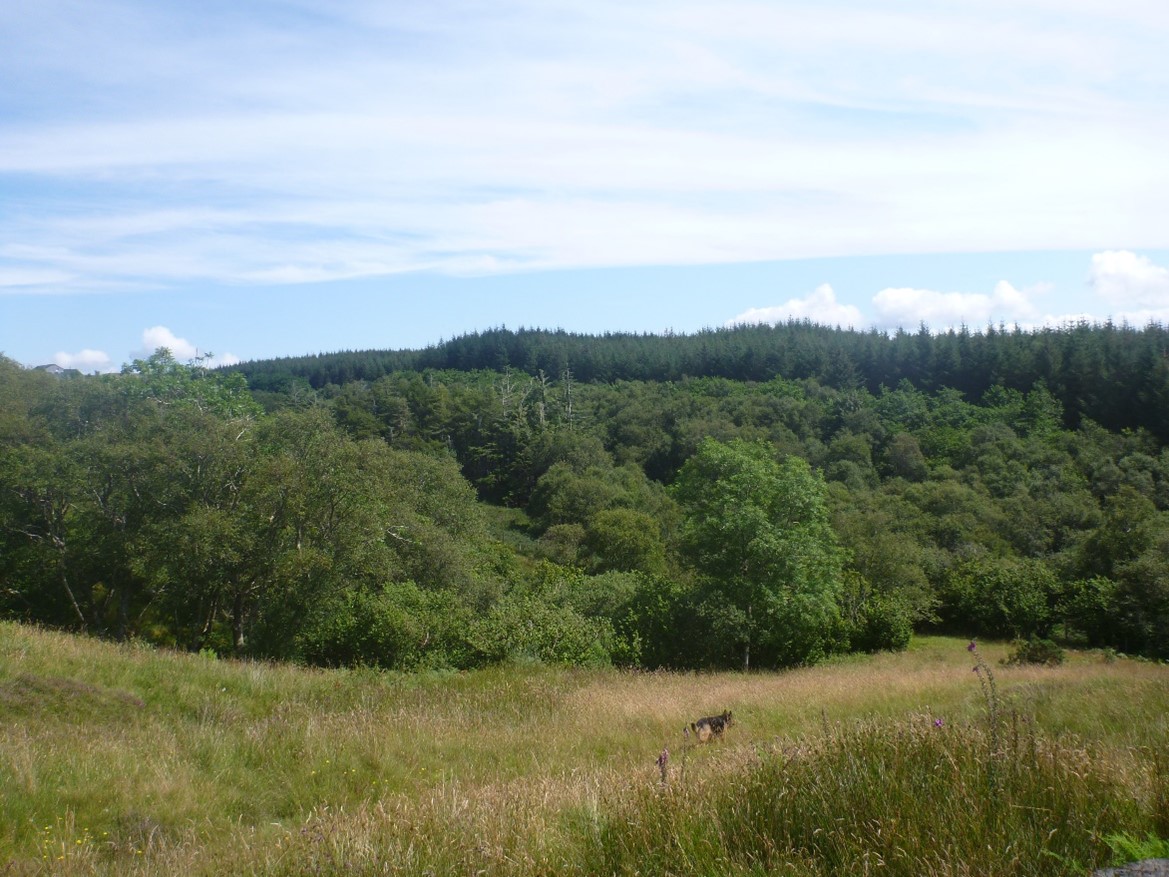 ^ Natural tree regeneration at Ringill
^ Natural tree regeneration at Ringill
Our forest plan area in Strathaird is being transformed (read about our peatland restoration project). Ringill continues to regenerate well with native species, and we will soon be starting to replant our Keppoch site which was clear felled several years ago.
We have also been assisting the Skye and Lochalsh Rivers Trust with some of its monitoring work. During a sweep netting session on Loch Slapin, monitoring sea lice on wild sea trout populations, we were surprised to find a substantial number of sea bass in the loch. And, while helping with some electro fishing surveys, we discovered a healthy eel population in some of our rivers.
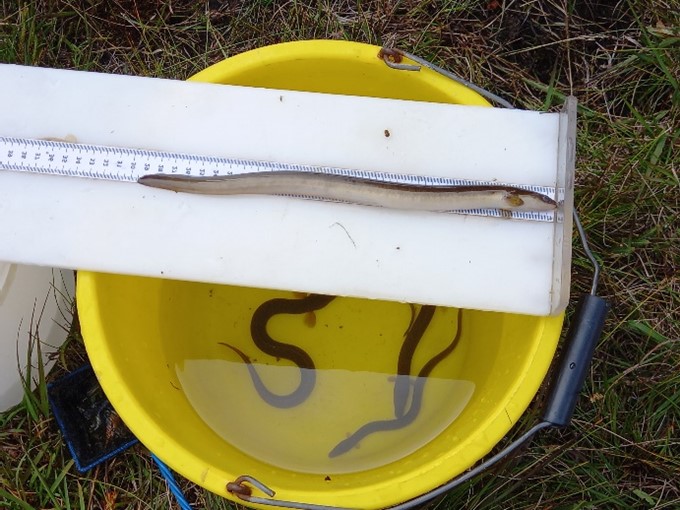 ^ Eels found in a river near Camasunary
^ Eels found in a river near Camasunary
This is good news as the European eel is classed as critically endangered in Scotland. I will be working closely with Isabel and her team to see what action we can take to help support these fragile communities.
- Find out more about our work on Skye.
